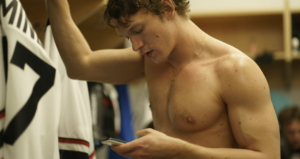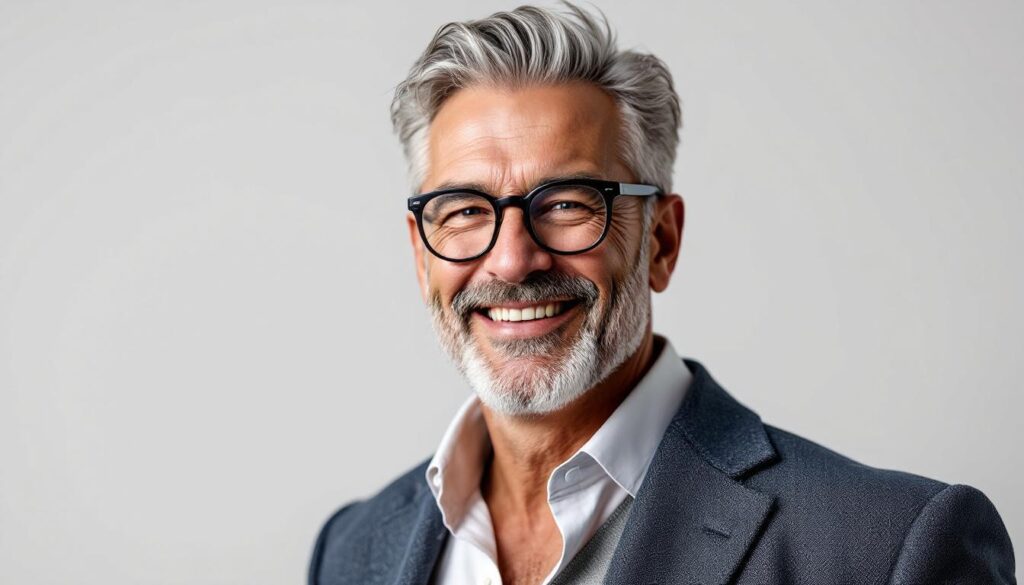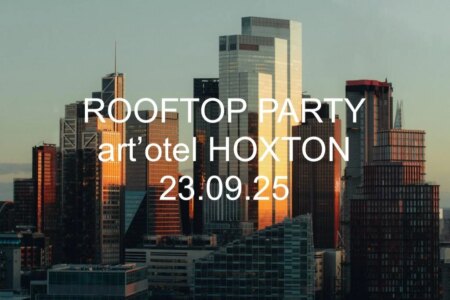In a society and culture where youth and physical aesthetics are often idolised, turning 40 can feel like crossing an invisible threshold into obscurity. Yet, aging for gay men is not a decline to be feared or denied—it is an opportunity to embrace growth, self-discovery, and a richer sense of identity. This shift in perspective, often termed ‘aging forward’, recognises that with age comes a unique power and potential that can transform personal experience and community influence.
One of the most compelling aspects of aging forward is the accumulation of wisdom and emotional intelligence. Gay men over 40 have navigated complex landscapes of love, loss, acceptance, and resilience, often in environments that were less supportive than today’s evolving social climate. This lived experience becomes a wellspring of insight not only for self-guidance but also for mentoring younger generations. According to Dr. Harold Kooden, whose work focuses on promoting successful aging in gay men, fostering community and a sense of belonging is crucial during midlife. He stresses the importance of eradicating internalised gay ageism—the detrimental belief that youthfulness equals value—and advocates for seeking validation from those invested in a positive and hopeful future. This recognition allows older gay men to redefine success and purpose on their own terms, moving beyond societal expectations and towards authentic fulfillment.
Visibility also plays a transformative role. Older gay men who live openly challenge damaging stereotypes that link sexuality with youth and reinforce narrow ideas of masculinity. They become vital symbols of possibility, demonstrating that authentic gay identity thrives beyond club scenes and conventional measures of attractiveness. This is echoed in research reviews which find that openly identifying as gay correlates strongly with better mental health and higher self-esteem in older adults. Moreover, relationships deepen with age, evolving into connections marked by greater emotional depth and authenticity, where loyalty and meaningful interaction supplant superficial status.
The evolution of sexuality itself is a notable aspect of aging within the gay community. Sexual intimacy may shift focus from quantity or appearance to quality and intentional pleasure. Some experts point to sexual fluidity as a natural part of aging—an opportunity to explore new dimensions of desire and self-understanding. This fluidity challenges restrictive sexual norms and can foster a richer, more fulfilling sexual identity. Importantly, these changes occur alongside a stronger emphasis on wellness—not just physical, but emotional and psychological—where health practices support sustained vitality rather than transient aesthetics.
Creativity and self-expression often flourish as gay men age. Many experiment with bold fashion choices and artistic pursuits that serve as outward manifestations of inner growth and self-acceptance. Through storytelling and creative media, older gay men bridge generational divides, sharing histories that educate and inspire. Such communal engagement is vital, especially in light of findings that many older gay men face unique challenges including higher instances of living alone and lesser social support compared to heterosexual peers. Cultivating a community where nobody feels isolated is critical for well-being and counters the effects of internalised gay ageism.
Financial stability, gained through years of experience and learning, enables many men over 40 to plan more wisely and enjoy a sustainable lifestyle. This financial grounding offers peace of mind and the freedom to prioritise activities and relationships that bring genuine joy and meaning rather than fleeting distractions. Ultimately, aging forward within the gay community is not about passively succumbing to the passage of time but actively evolving—living more honestly, purposefully, and proudly.
Source: Noah Wire Services




















